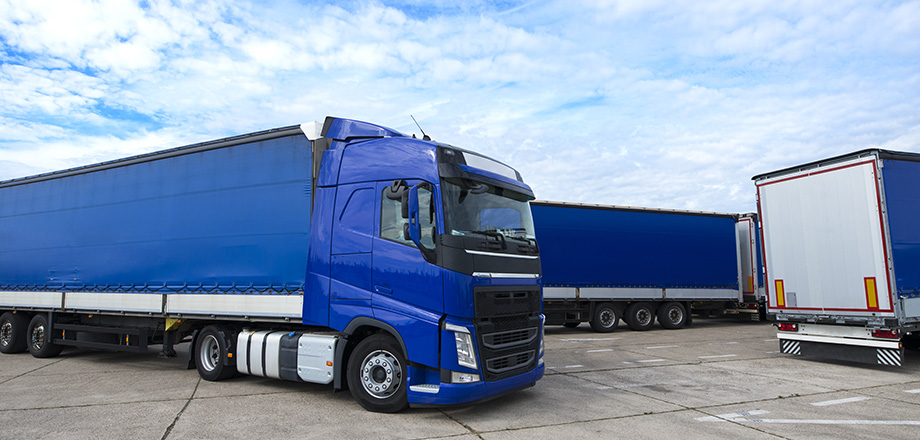
Logistics and freight transportation companies are a key component of the global economy, as they ensure the continuous flow of goods along the supply chain from producers to end consumers. These companies are involved in a variety of activities, including land, sea, air and rail transportation, warehousing, inventory management and shipment planning. They also play a crucial role in managing the information flows associated with the movement of goods, leveraging advanced technologies to track and optimize operations.
Digitization and automation are transforming the industry, with the introduction of tools such as transportation management systems (TMS), artificial intelligence and autonomous vehicles, which improve operational efficiency and reduce costs. However, logistics is a complex and interconnected industry that depends on careful planning and collaboration among multiple stakeholders.
The logistics sector faces numerous market challenges, related to both external and internal factors. A major issue is pressure on operating costs, which are affected by rising fuel prices, global economic fluctuations, and increasingly stringent emissions and safety regulations.
The growing demand for fast and customized deliveries, driven by the expansion of e-commerce, has increased the complexity of logistics operations. Companies must continuously invest in infrastructure, technology, and staff training to meet customer expectations while maintaining profitability.
Global supply chains are vulnerable to unforeseen events, such as pandemics, natural disasters, geopolitical conflicts, and blockages at major logistics hubs. Such events can cause significant disruptions, delays and cost increases, putting a strain on companies' resilience.
Another issue relates to the shortage of qualified personnel, especially commercial vehicle drivers, a phenomenon that is affecting many countries. The difficulty of attracting and retaining talent in the industry is exacerbated by challenging working conditions and the perception of unattractive careers.
Finally, competition between traditional logistics players and new entrants, such as technology platforms, is redefining market dynamics. Companies must differentiate themselves through innovation and service quality to maintain their competitive position.
The logistics and transportation sector presents numerous risks to worker safety from working conditions and the use of machinery and vehicles. Among the most common risks are injuries related to manual handling of loads, which can cause musculoskeletal injuries, and those associated with the use of forklifts, cranes and other heavy machinery in warehouses.
Truck drivers face specific risks associated with driving long distances, often in adverse weather conditions or on dangerous roads. Fatigue, stress and long shifts can increase the risk of road accidents. In addition, driving and rest time regulations, although useful, are not always adhered to, especially in high-pressure environments.
Workers in warehouses may be exposed to hazards related to poor lighting, lack of adequate space, and improper use of equipment. Exposure to hazardous chemicals, such as fuels and packaging materials, is also a potential health hazard.
It is necessary for companies to implement safety programs, pay special attention to ongoing training for staff and strive to adopt technologies to monitor and improve working conditions.
The logistics and transportation sector also has a considerable environmental impact, mainly due to greenhouse gas emissions from the use of fossil fuels in transportation. Road transport, which accounts for most of the volume of goods moved, is responsible for a significant share of total CO2 emissions.
Logistics operations, including warehouses and distribution centers, consume large amounts of energy for lighting, heating, cooling and automation. In addition, excessive use of packaging, often made of non-recyclable materials, contributes to waste generation.
Maritime transport, while being one of the most energy-efficient means of transport, has problems related to water pollution and emissions of sulfur and nitrogen oxides. Air transport, on the other hand, is highly polluting per unit of goods transported, but continues to be used to meet the needs of rapid deliveries.
To address these impacts, there is a case for investing in more sustainable solutions, such as electric vehicles, alternative fuels (biofuels, hydrogen), route optimization, and the use of advanced technologies to reduce consumption. In addition, adopting circular economy practices, such as reusing packaging and reducing waste, can help minimize the overall environmental impact.
Logistics and transportation companies play a vital role in the global economy, but they face significant challenges related to sustainability, safety and the increasing complexity of operations. Addressing these issues requires investment in innovation, staff training, and adoption of environmentally and socially responsible practices. Solver can provide skilled support to address to overcome the many challenges in this area.
